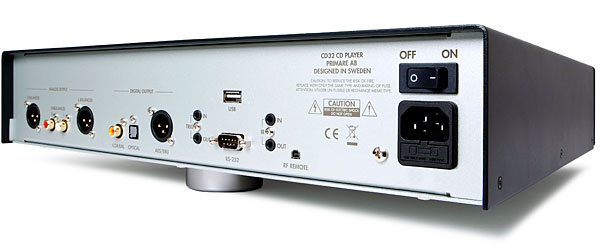| Columns Retired Columns & Blogs |
It looks gorgeous ... wonderfully minimal and elegant. But for that price, one can purchase a decent SACD player that plays all your CDs + hi-res SACD + act as an external hi-res DAC to your comp. So it just seems a bit behind the times. Indeed, even if you only play CDs, you would still want to play recordings made in high resolution that are then released as hybrid CD/SACDs (e.g. all BIS discs, all Channel discs, many Harmonia Mundis etc) from the hi-res layer ... not just at old CD resolution. Almost every classical collector will have at least some hybrid SACDs today.







































